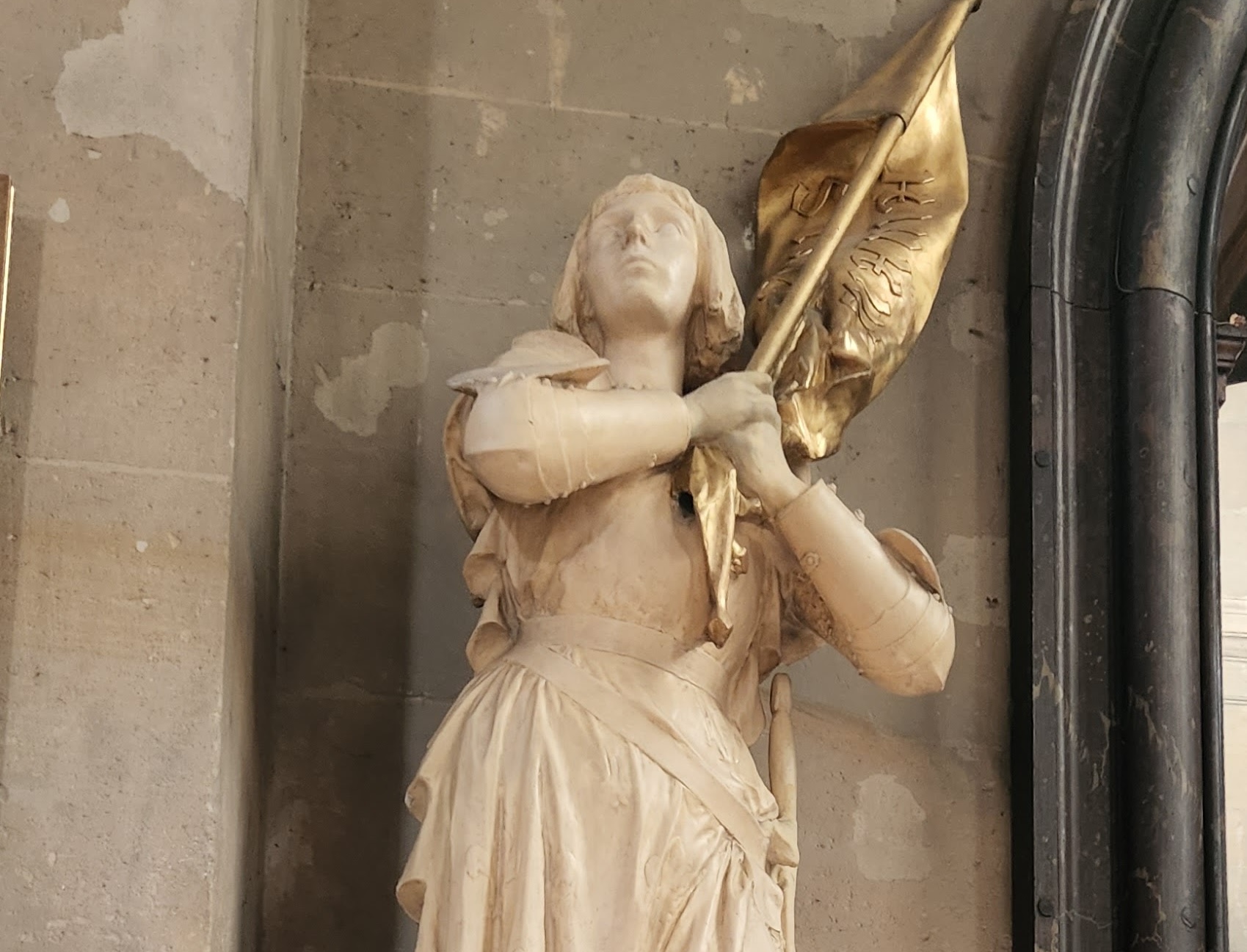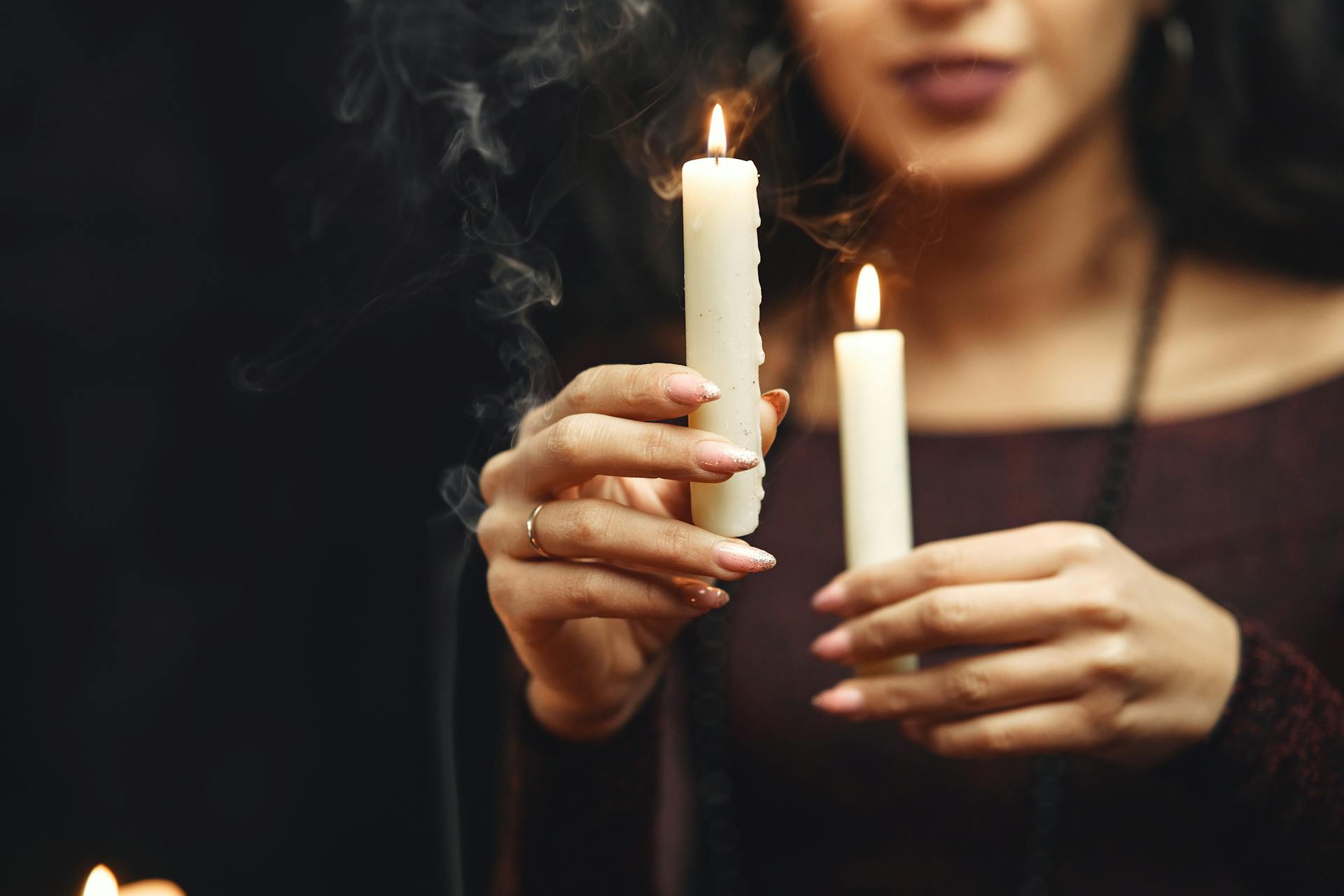Fire represents the force of heat and light, driving change and symbolizing the spark of life itself. It stands for the motivational forces in the world, such as passion, inspiration, and the impetus for change. Fire is associated with the processes of transformation, destruction, and renewal.
Direction: South. Traditionally associated with Fire, this direction symbolizes noon, the time of the greatest light and heat.
Energy: Masculine, projective. Fire’s energy is dynamic and expansive, often initiating new endeavors, projects, and powerful changes.
Magick: Will, transformation, purification. Fire is invoked in rituals to foster change, bring illumination, and purify people, spaces, and objects.
Tarot Suit: Wands. This suit in the tarot deck is connected to creativity, action, and determination, reflecting Fire’s active and dynamic qualities.
Time of Day: Noon. The sun is at its highest and brightest, embodying Fire’s qualities of light, heat, and visibility.
Colors: Red, orange, yellow, gold. These colors represent Fire’s intensity and heat.
Zodiac Signs: Aries, Leo, Sagittarius. Individuals born under these signs are often characterized by their fiery temperament, enthusiasm, and courage.
Life Cycle: Youth and adolescence. This phase of life is associated with growth, energy, and discovery, mirroring Fire’s vibrant and expansive nature.
Symbols and Tools Associated with Fire
Symbols: Flames, the sun, volcanoes, lightning. Each of these symbols represents aspects of Fire’s power and energy.
Metals: Gold, brass. These metals conduct heat and are historically associated with solar deities and fire symbolism.
Herbs and Plants: Basil, cinnamon, nettles, chili peppers, mustard. These are often used in rituals involving Fire due to their stimulating and “heating” properties.
Deities: Brigid (Celtic goddess of the hearth), Pele (Hawaiian goddess of volcanoes), Hephaestus (Greek god of fire and blacksmithing), Agni (Hindu fire god). These gods and goddesses represent the creative and destructive aspects of Fire.
Animals: Lions, tigers, phoenixes. These creatures are imbued with strength, fierceness, and the mythical qualities of Fire.
Legendary Creatures: Salamanders, dragons. In various mythologies, these creatures are connected to Fire, embodying its transformative and sometimes dangerous nature.
Crystals and Stones: Ruby, garnet, fire opal, red jasper. These stones are used to enhance Fire’s energy in rituals and personal practices.
Tools: Candles, athames, cauldrons, lamps. These are used to harness Fire’s power in magickal workings, whether for illumination, transformation, or ceremonial purposes.
Ritual Uses of Fire
Fire’s transformative power makes it a potent element in various magickal and spiritual practices:
- Cleansing and Purification: Fire is used to burn away the old to make way for the new, often in the form of burning objects, herbs, or papers with written intentions.
- Protection Spells: Fire can create boundaries and barriers that are thought to protect against negative energies or unwelcome influences.
- Manifestation Rituals: The act of setting intentions aflame physically manifests desires into reality, using Fire’s dynamic energy to bring about change.
- Shadow Work: Fire can illuminate deep, hidden aspects of the psyche, bringing to light what is usually in the darkness to be acknowledged and transformed.
Seasonal and Celestial Correspondences
Fire aligns with times of intense energy and activity, reflected in seasonal changes and celestial movements that emphasize transformation and visibility.
Season: Summer. This season is directly associated with Fire due to the heat, longer days, and the sun’s prominence, representing a time of activity, growth, and vitality.
Celestial Events: Solar eclipses and summer solstices are particularly significant in Fire magick, symbolizing powerful moments of illumination and peak energy.
Fire in Cultural Practices and Myths
Fire has been a central element in myths, rituals, and traditions across various cultures, symbolizing both creation and destruction.
Mythology and Folklore: Fire is often seen as a divine gift or a stolen asset, such as in the myth of Prometheus who stole fire from the gods to give to humanity. This act represents Fire’s role as a catalyst for civilization and technological advancement.
Cultural Rituals: Many cultures have festivals of light and fire, such as Diwali, the Hindu festival of lights, and Beltane, a Celtic festival where bonfires are lit to celebrate the fertility of the coming summer.
Psychological and Emotional Aspects
Fire influences the psychological and emotional landscapes by fostering transformation and highlighting passions and desires.
Motivation and Willpower: Fire energizes the spirit and can enhance determination and the drive to take action, often leading to significant personal transformation.
Emotional Purification: Fire helps to release emotional blockages through practices like burning letters or objects that symbolize past hurts or regrets, facilitating healing and renewal.
Passion and Intensity: Fire stirs the passions, not just in terms of ambition or creativity, but also in interpersonal relationships, encouraging warmth and dynamic engagement with others.
Practical Magickal Applications
Incorporating Fire into magickal practices can dramatically enhance their effectiveness, particularly in rituals involving transformation, protection, and purification.
- Candle Magick: Using candles of specific colors to attract or manifest desired outcomes is a fundamental practice in Fire magick. The act of lighting the candle signifies setting intentions into motion.
- Burning Spells: Writing down wishes or affirmations on paper and burning them in a fire-safe container can be a powerful way to manifest desires, as it combines intention with the transformative energy of Fire.
- Fire Scrying: Gazing into the flames to receive divinatory messages utilizes Fire’s ability to illuminate and reveal mysteries, offering insights into the present and future.
- Energetic Clearing: Using sage or other herbs in a fire-based smudging ceremony can clear a space of negative energy, making room for positive, protective energies.
- Bonfire Rituals: Gathering around a bonfire for dancing, drumming, and singing creates a community bond and celebrates Fire’s communal and transformative spirit.
Ethical Considerations
When working with Fire, safety and respect for its power are paramount.
Safety First: Always use fireproof containers and ensure that any burning is done in a safe, controlled environment to prevent accidents.
Respect for Nature: Be mindful of the environmental impact of your practices, especially in outdoor settings where fires can cause damage to ecosystems or pose wildfire risks.
















